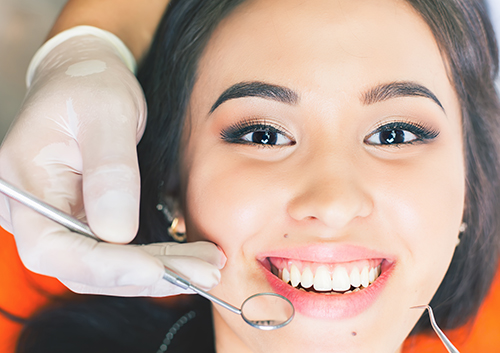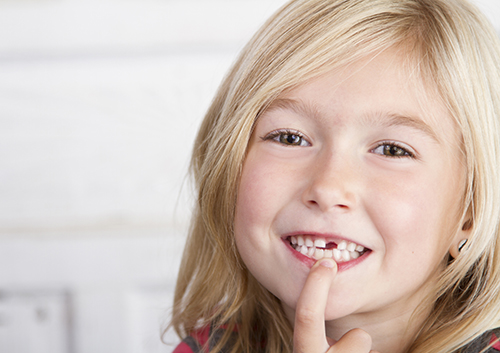Good Oral Health Habits When You’re Pregnant
May 13th, 2020

Dr Karina Gregg and our team at San Elijo Dental will tell you that good oral health habits when you are pregnant are very important. A plaque or infectious buildup can affect the baby in gestation, and cause some unforeseen issues during birth. There are a few steps relating to oral health that can help prevent complications and other pregnancy issues. Here are a few things to consider about oral health when you are expecting.
Proper brushing
Brushing your teeth at least twice a day is essential when you are pregnant. This will peel away any buildup that you have on your teeth, and help create a shield against future buildup. Swallowing large amounts of plaque or bacterial buildup can and will affect the gestation of the fetus, and can cause certain complications.
Floss
Flossing will also help remove a lot of the buildup in your teeth that can promote infection. Make sure you floss at least once a day. Bacterial infections fester on food buildup, and certain destructive viruses can also breed and grow on these remnants.
Morning sickness
The acidity of vomit can erode the enamel on your teeth, and create buildup of damaging particulates in your teeth. If you are experiencing regular morning sickness, rinse your teeth with a mixture of baking soda and water. This will remove buildup, and alleviate some of the acidity from the vomit.
Alcohol-free, antimicrobial mouthwash
Regardless of whether you are trying to or not, you will swallow small amounts of your mouthwash. Alcohol can affect your gestating baby. Use an antimicrobial, alcohol-free mouthwash.
Visit the dentist
If you have any dental issues, please give us a call at our convenient San Marcos, CA office away. We will be able to diagnose and treat any oral health issues immediately, and make sure they do not affect your developing child. Protecting your baby includes protecting your oral health.






 Website Powered by Sesame 24-7™
Website Powered by Sesame 24-7™